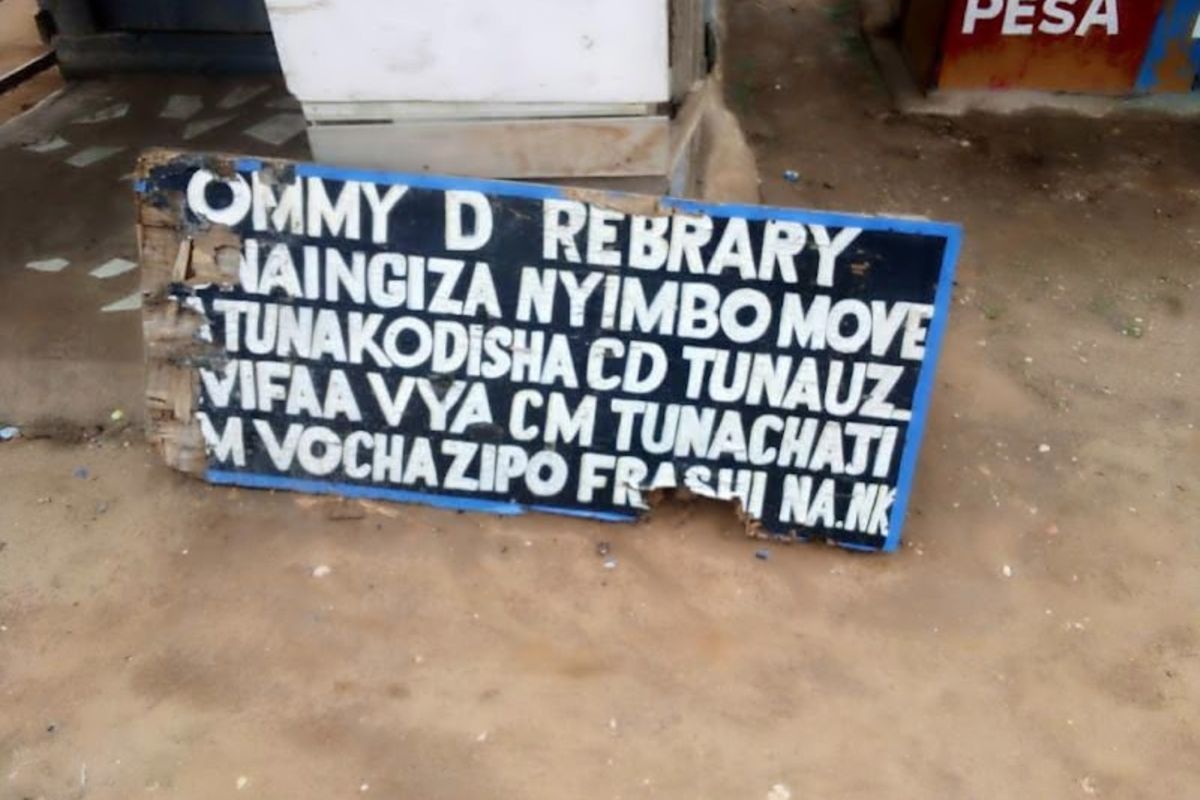
We often come across articles in which a media colleague writes, for instance, “The LATE Mwalimu Julius Nyerere was arguably one of Africa’s most revered leaders.”
We highlight the adjective “late” to provide a hint that it isn’t appropriate, bearing in mind that Mwalimu Nyerere (1922-1999), the foremost Tanzanian nationalist who led Tanganyika (now Mainland Tanzania) to independence from the British colonisers in December 9, 1961 is a historical figure. That he passed on years ago cannot be news to any of our readers!
Likewise we don’t need to use the prefix “the late” tag to introduce historically significant names like Ghana’s Kwame Nkrumah; Kenya’s Mzee Jomo Kenyatta; Britain’s Winston Churchill; USA’s John F. Kennedy or South Africa’s Nelson Mandela. However, in case you fear your audience might wrongly think any such figure might still be alive, feel free to put in brackets after their names a brief bibliographic note—i.e. Colonel Muammar Gaddafi (1942–2011).
Enough lecturing (sorry!). Let’s now proceed with the key task of this column, namely, delivering linguistic gems gathered over the week. Here we go…
Page 3 Bongo’s huge and colourful broadsheet of Friday, March 14 has a story entitled, ‘JKT sounds warning after job seekers submit ITS fake papers’.
Hello! Are you noting what the headline writer (subeditor) is telling his readers? He’s telling them that JKT has a stock of fake papers (belonging to JKT) that job seekers are submitting to prospective employees! That can’t true, of course. We suggest that the possessive adjective “its” is dropped, so that the headline reads thus: ‘JKT sounds warning after job seekers submit fake papers’.
And the intro reads: “Alarmed WITH some cases of forgeries, the National Service (JKT) has issued a warning to individuals involved in faking its training certificates…” Alarmed ‘with’ some cases? Nope; we say alarmed BY some cases of forgeries…”
Another story on the same page has this headline, ‘TASAF disburses 72m/- to 3,420 Mwanza households’. The scribbler, reporting from Mwanza, writes in Para 1 and 2: “The Tanzania Social Action Fund (TASAF) has disbursed 72m/- to 3,420 households in Mwanza City.
“Samson Kabwe, TASAF Monitoring Officer in Mwanza Region UNVEILED this here yesterday when speaking to this paper…”
We recently admonished colleagues regarding the use of what language critics dismiss as pretentious language. Why say “unveiled” when the good old word “SAID” is there? Please, reader, check out for yourself what “unveil” actually means.
Bongo’s senior-most daily of Friday March 14 has a story on Page 4, entitled, ‘Council inks plan to split Dodoma Urban constituency,’ in which the scribbler writes in Para 2: “Following the decision, Dodoma Constituency will remain with 21 wards and 412,000 voters, while the newly formed Mtumba Constituency will be COMPRISED OF 20 wards with 383,000 constituents.”
No need for a detailed critique and instead, we’ll simply give a partial rewrite to redeem the section we’ve capitalised. Here we go: “…the newly formed Mtumba Constituency WILL COMPRISE 20 wards with 383,000 constituents.” Why do we drop “be” and “of”? It’s because the phrase “comprise” means CONTAINS, IS MADE UP OF or EMBRACES.
And finally, let’s dish out to you something we picked from the Saturday, March 15 edition of our senior-most broadsheet, whose Page 2 has a photo whose caption is thus written: “Assistant Clerks and Biometric Equipment Operators take AN oath of integrity yesterday in Dar es Salaam before commencing a two-day training…”
An oath of integrity…? Nope! We say THE oath of integrity, because it’s fixed and alone in the context of the job in question. The same way someone is taking THE oath (not an oath) of office.
Ah, this treacherous language called English!













